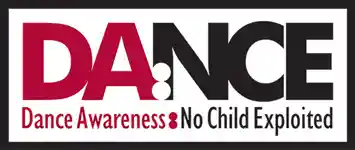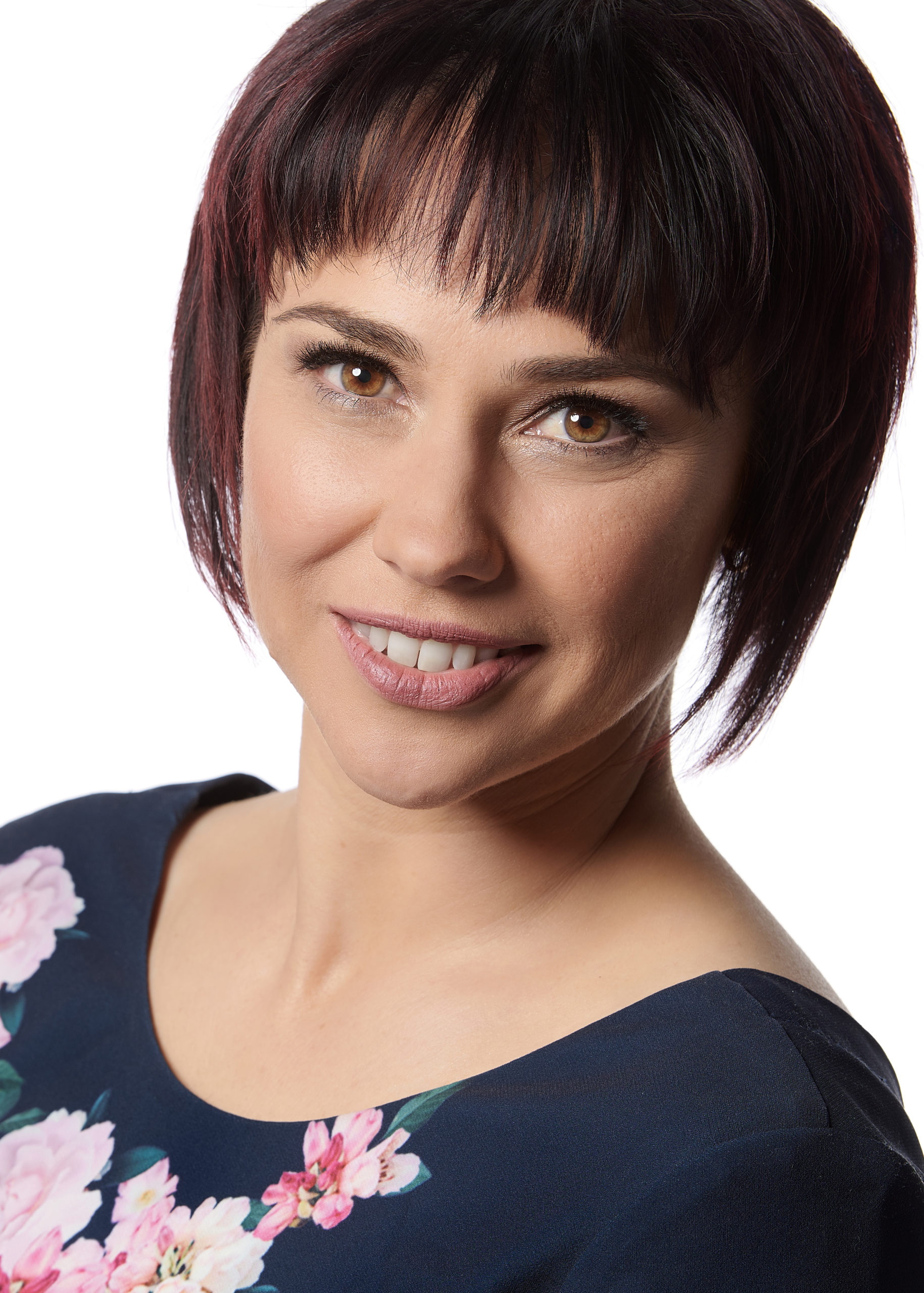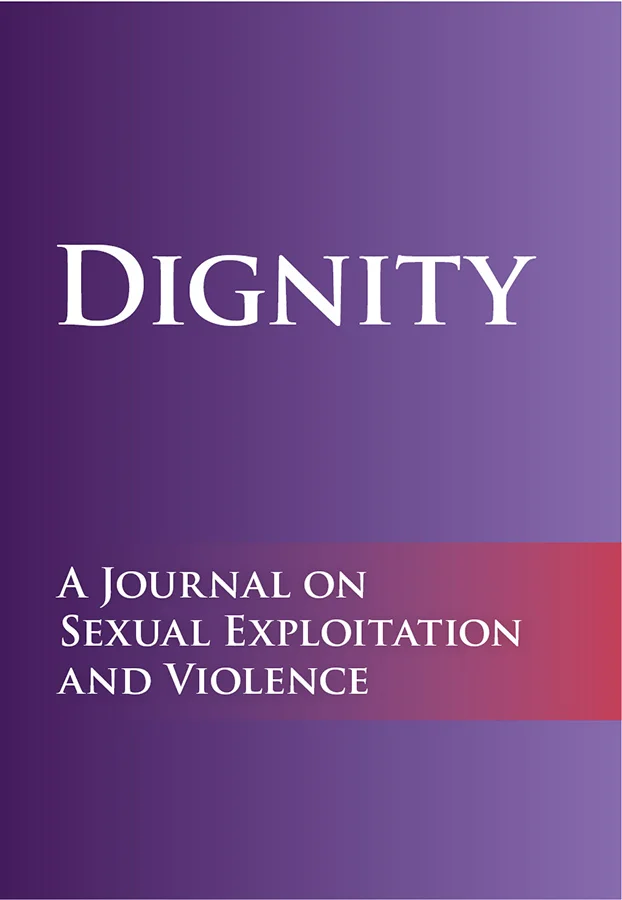 Training dancers is a responsibility and a privilege. Our industry is an unregulated one at the moment, but that doesn’t mean we have to be uneducated.
Training dancers is a responsibility and a privilege. Our industry is an unregulated one at the moment, but that doesn’t mean we have to be uneducated.
Dance is magical and as teachers we are entrusted with the huge responsibility to nurture and train a wide range of vulnerable children. Just because we don’t physically harm a student or inflict verbal abuse by yelling like a drill sergeant at the front of the class, doesn’t mean we can’t still cause pain or damage more indirectly while teaching. Educating ourselves is the best defense in keeping our industry alive, happy, safe and healthy.
Dance training includes many things. A student reaching an elite level, requires perfecting the performer into an all-round technician, as well as equipping them mentally for life away from home. This includes having guest nutritionists and physiotherapists talking to them about how to care for their bodies for this new venture.
While most teachers will agree with the importance of the above, there are new trends in the industry that are dividing opinions. Hypersexualized content has been on the increase, and it is now more accessible online to consumers of all ages.
When it comes to dance, there can be no doubt that there has been a history of exploitation and continues to be exploitation being made all over the world, in addition to an increase in hypersexualized content. There is an alarming lack of education and/or information available to emerging mentors, teachers, icons and industry leaders. To become an educator in a school setting requires many years of dedicated study and constant review of their performance and ability. While we are not responsible for the academic growth and development of the children that we come in contact with daily, we do have a huge impact on their physical development, emotional maturity, social awareness, cognitive development and more importantly, contribute to children becoming successful members of society. I believe most dance studios and teachers are doing the right thing and truly have the children’s best interest at heart. However our duty of care goes far beyond instruction in technical skills. It doesn’t mean these teachers will always have the skill set to work with children and young adults in the classroom. There are necessary skill sets that need to be considered and required to work with children and young adults in the dance classroom setting.
Most of the time, new teachers are excited to share their passion for dance, teach their content, as well as, make a name for themselves. They hear a good beat and get excited when the creativity flows with choreography. Preparation goes into finding classes they can go and teach this to. The excitement of choreographing can sometimes haze out the important aspects of teaching which include, lyrics, content, age appropriateness and where the content is going to be shared once posted to the internet it is available for all to see.
As an educated community, it is everyone’s responsibility to help build an industry that is well informed, nurtured and has room to grown and explore. Young minds that are easily influenced are viewing content very fast in the digital world. They need educated guidance and a gentle approach when it comes to appropriateness.
What should be a concern to parents, dancers, teachers and studio owners is that the sex industry is very interested in our beautiful dancers. Parents who paid for training a dancer starting out at the age of three, didn’t have in mind that their child would be dancing to sexualized music in outfits that are more suitable for the adult entertainment industry.
As a collective, costume providers, industry icons, judges, teachers, studio owners and directors, we should all help to educate the next generation about self-worth and highlight areas of concern, such as sexualized content. Even dancers aged 17-20 who are classed as adults, present dance works that are performed for audiences that include children, or are readily accessible by children. This content is then often imitated and copied. The end result is the impression that this way of dancing is harmless for young children.
Despite what my own critics will say about my views, everyone should be able to have creative license and I am not in the business of telling a grown adult how to dance or what career path they should choose. As this collective I feel our concern should be on the dance community as a whole and how we can come together to do better for our children.
So, what should the concern and focus be on? I think as an ‘industry’ those that are at the top doing the hiring, recruiting and teaching, should educate themselves on who they are teaching and be open to the conversation of what is appropriate or not. Just because we once did something one way, doesn’t mean that we have to keep doing it. When you know better, I think we can make that change and do better without feeling guilty. The issue arises when we do know better, and we choose otherwise.
Recently I was pleasantly surprised by a well-known hip-hop choreographer. After talking about concerns using impressionable lyrics for a younger dancer, the choreographer was open to changing music and reworking a routine. The easy reply would have been, “too bad”, “I‘ve already choreographed it and so it’s too late”. More teachers of children and young adults should involve choreographers like this. All dance educators should be open to finding out what the harms of teaching routines with sexualized or suggestive moves, accompanied with lyrics and costuming to match can do to a dancer.
Talk to students and parents and you might find that the generation of dancer and some parents nowadays have already started to be conditioned to perceive hypersexualized dance as acceptable. They can’t see the concern or problem. Their children are happy and doing what they love, so why disturb this? “This is the style of now, everyone needs to just keep up with the trends”. Other responses can be too aggressive and then the teacher and or dancers don’t know what is and isn’t acceptable. An unhealthy view on their own body can arise from this rash way of thinking as well. The body is a temple and dance is an expressive art form. Respect for both is what an educated community can work towards. Pointing out dangers and the harm music choices and moves can have on different people opens the door to conversations which can result in more appropriate children’s dance.
The truth is that children and young adults are just that, young. There is nothing wrong with that and in fact their opinion and voice should and must be heard as well. However, the adults need to reclaim their position and become the protectors and set a new standard. Don’t let the lines blur with friendships between teacher and student, as well as parent and child for the sake of just keeping up with the times. Protection should and must be the number one priority.
As a teacher, parent and dance adjudicator I feel responsible. It sickens me to the core when I hear statements that our (my) dance industry is a target for the P Hub. P Hub is an online porn site that targets dance studios and their dancers to take their content and use for the pedophiles online. What is disturbing, is that the porn directors that have dancers that fall into that industry have said “some dancers arrive porn ready”. Dancers that have sadly fallen into the sex industry have said “the hypersexualized moves they have practiced from a young age helped along the way for being comfortable in this style.”
It disturbs me when I am judging a competition and a dancer comes out on the stage performing a technically strong routine, with dynamic style and personality and then starts gyrating on the floor. I can feel the audiences’ eyes burning into the back of my body. At some competitions, the audience is cheering at these movements and others I know they are waiting for me to say something. The dancer is never at fault. I don’t believe judges should mark down for this, however this is a chance to write down, without publicly humiliating both dancer and choreographer, ways to help guide them into better choices.
Dancers learning to move their bodies in hypersexualized ways makes it normal. They attach value to the likes they get in person, along with hearts and flames, comments that say, “you’re hot”, “so sexy”, “you are amazing”. For young dancers it can be the start of an emotional roller coaster ride. A dancer should feel comfortable about themselves and be able to express themselves in a way that they feel is good for them. In some cases, these moves are feeling good to them. However if it is just feeding that dancers’ value, then on its own, that can be damaging.
I know young dancers can’t see the harm in this. It is a fact that predators access and use their content. It doesn’t seem to worry dancers, as they can’t physically see the harm, but well-informed educated adults should be concerned.
So what can we do? Leaders can talk, teachers can take action, choreographers and directors can be in charge and take a stand. Conversations can happen with victims and survivors. Review of their own works and what is being produced can be considered from all angles. I might be naive, but I believe we can change, we can have a world where eyes can be opened to the harm, where dancers can get likes for their artistry, technique, hard work and dedication, without having to introduce unnecessary styles at a very young age. A world where these dancers can get their self-worth and value from knowing who they truly are and not from what they do.
Join DANCE AWARENESS (America), KEEP KIDS SAFE IN DANCE (Australia), YOUTH PROTECTION ADVOCATES IN DANCE (America) and others online who are fighting hard for the dance industry that provides so many wonderful experiences. It will help build our dance industry up, as well as provide safety and support for the performers, who leave their heart and soul on the dance floor every single day.
 Tina Sparks lives in Queensland Australia and has been a dance teacher for more than 20 years and an adjudicator for over 10. She has a Diploma in Exercise Science, is finishing her Degree in Ministry and is training in positive psychology. Her love of makeup found her creating Stand Out Cosmetics, Australia’s first dance makeup line. Stand Out Cosmetics is helping hundreds of studios, dancers, parents and teachers with their makeup application and stage lighting knowledge. She loves ice skating, crafts and her new role as soccer mum of two boys under 7.
Tina Sparks lives in Queensland Australia and has been a dance teacher for more than 20 years and an adjudicator for over 10. She has a Diploma in Exercise Science, is finishing her Degree in Ministry and is training in positive psychology. Her love of makeup found her creating Stand Out Cosmetics, Australia’s first dance makeup line. Stand Out Cosmetics is helping hundreds of studios, dancers, parents and teachers with their makeup application and stage lighting knowledge. She loves ice skating, crafts and her new role as soccer mum of two boys under 7.



